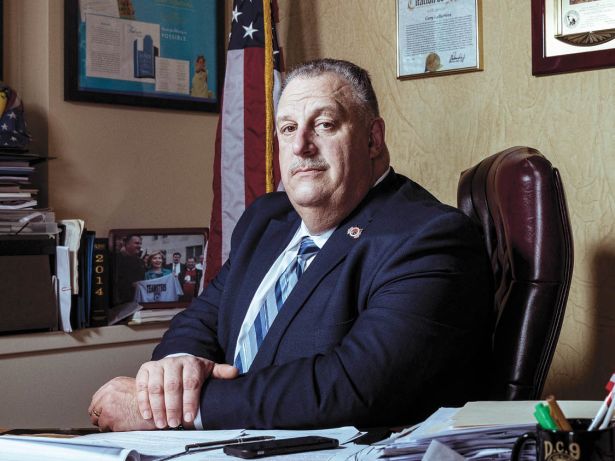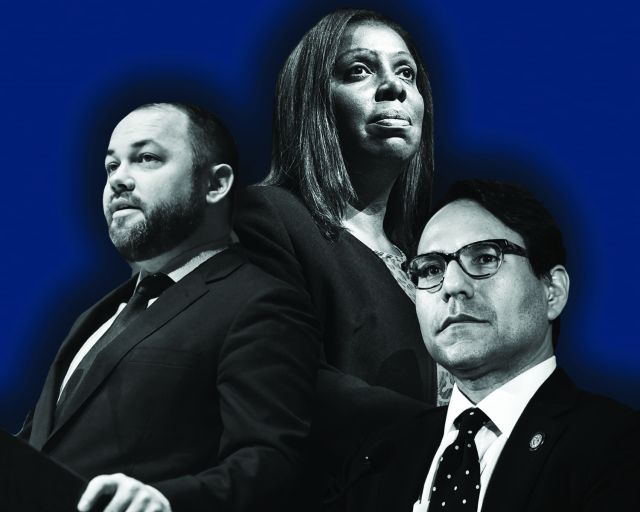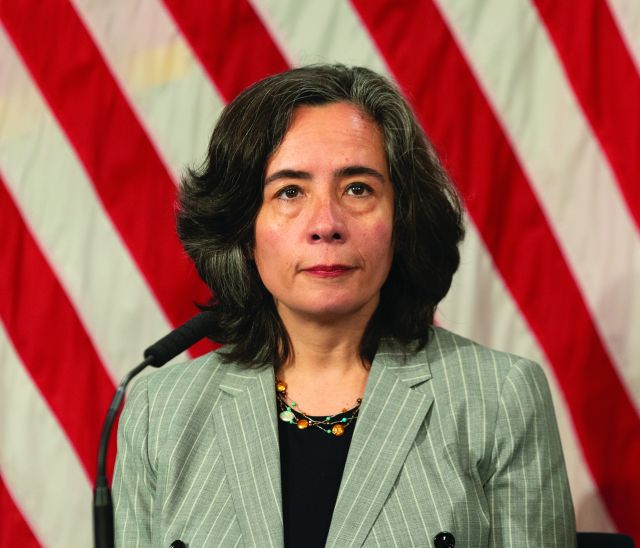
Gary LaBarbera
Gary LaBarbera
President at Building and Construction Trades Council of Greater New York
Last year's rank: 73

New York has been in the midst of an impressive building boom in the past decade.
Employment grew 30 percent in the state between 2010 and 2018, with nearly 400,000 new jobs added after the industry lost 15 percent of its jobs during the Great Recession. That included 45,300 jobs in the city alone, according to a state comptroller report.
Construction workers were pouring into sites in Manhattan’s Far West Side, around Grand Central Terminal, and a bevy of condo towers along both banks of the East River waterfront.
The demand for new construction was outpacing the supply of tradesmen and women, so Gary LaBarbera, the Building and Construction Trades Council president, sought to recruit workers into the Apprenticeship Readiness Collective and other programs to train them for their careers.
Then COVID-19 struck.
At first, construction sites including luxury housing remained open through the initial wave of the pandemic. But calls for a moratorium convinced Gov. Andrew Cuomo to shutter nearly all projects by the end of March with an exception for hospitals, transit stations, and affordable housing properties.
LaBarbera worked closely with the Cuomo administration to establish guidelines for workers once they returned to sites, which included a questionnaire for coronavirus symptoms and a temperature scan, as well as a social-distancing and sanitization stations for the workers.
Those efforts enabled a smooth return to work in the city’s first phase of reopening on June 8. In the past month there haven’t been any positive COVID tests on construction sites, LaBarbera said.
“Under very difficult circumstances, the industry came up with solutions on how we moved forward,” he added. “We didn’t say it’s either the economic crisis or the health crisis. We wanted to try to address both issues.”
The industry won’t be back at full employment for many weeks. City and state budget deficits could imperil growth. But the trades council aims to get more funding for infrastructure so projects can move forward over the next decade.
“If that happens and the private sector stabilizes, and banks have more confidence, then we’ll have a bright future,” LaBarbera said. “It will take time.”—A.S.








